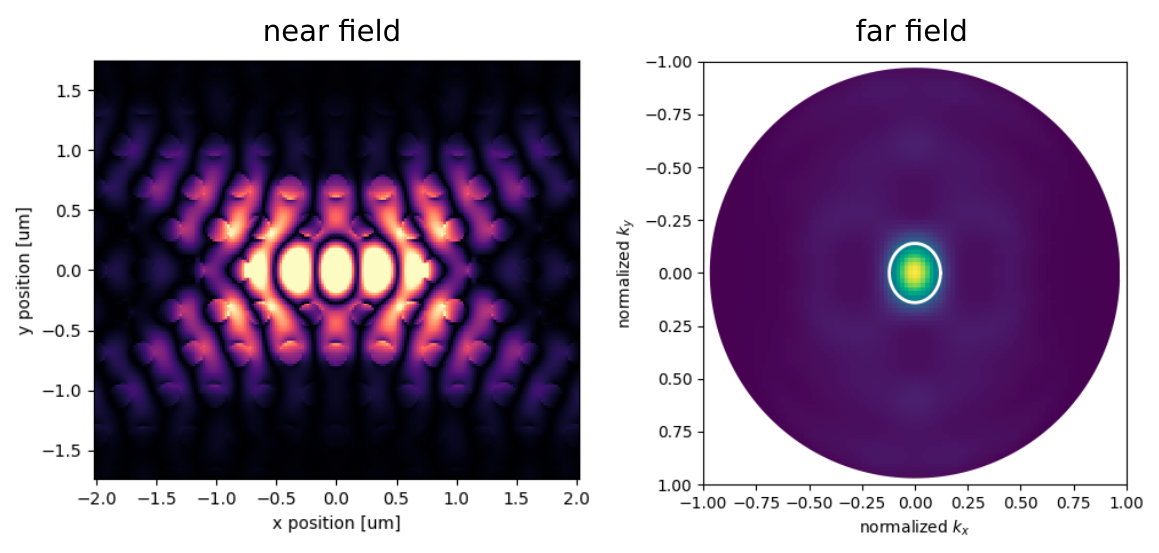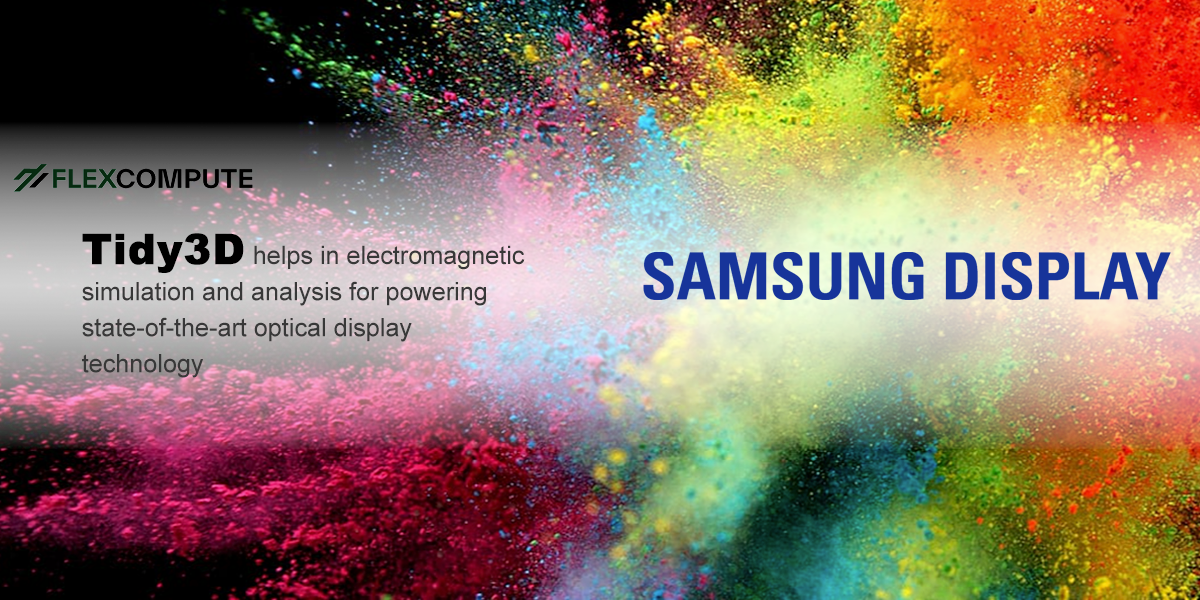Tidy3D helps MIT researchers design a highly efficient spatial light modulator
In a recent breakthrough published in Nature Photonics, a high-efficiency, high-bandwidth spatial light modulator (SLM) has been developed. The work, led by Chris Panuski and prof. Dirk Englund at the Massachusetts Institute of Technology, demonstrates a proof-of-principle device based on an array of photonic crystal microcavities with all-optical control of the resonance frequencies of each individual cavity. A key innovation was the cavity design, which was optimized simultaneously for high spatial confinement, high quality factor and high directionality of the emission. Flexcompute’s Tidy3D solver was used to tune the cavities and validate the optimized designs, and the simulation results showed excellent agreement with the experimental data. The researchers also made a breakthrough in the scalable fabrication and tuning of the entire array, which is a challenging task for very high-Q resonators, but is crucial to enable low-energy, high-speed modulation. SLMs are used in a variety of technologies, both mature and emerging, and the newly demonstrated device could find applications in displays, lithography, quantum and classical computing and communications, lidar, and optical neural networks, among others.

Fig 1. Field profiles of the optimized photonic crystal resonator, showing the strong near field confinement on the micrometer scale, and the strongly directional emission in the far field.
Tidy3D simulation project and data can be accessed here.








